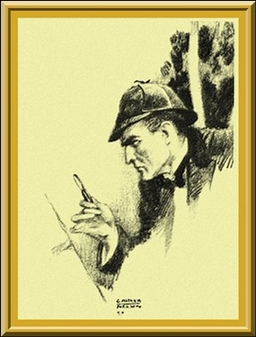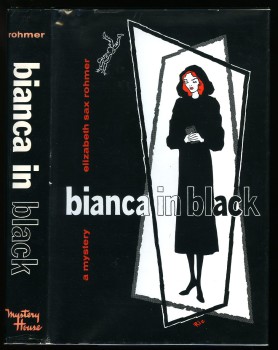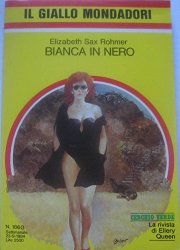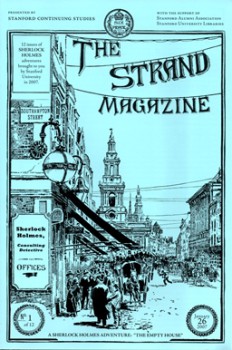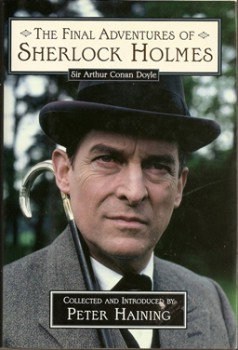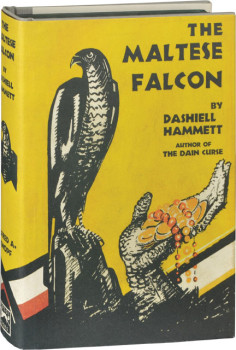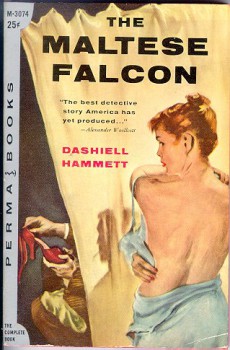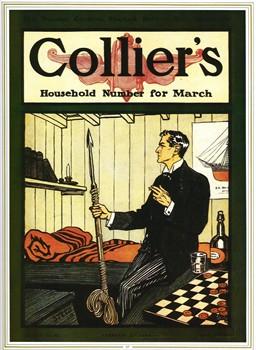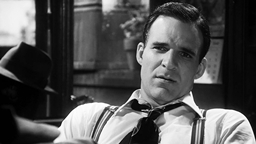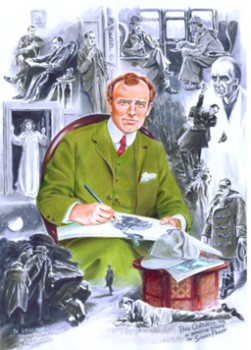The Public Life of Sherlock Holmes: Solar Pons & the Dead Fishmonger
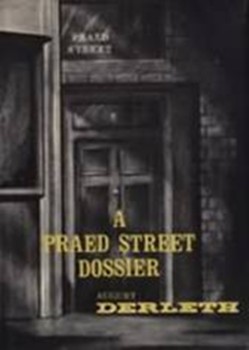 August Derleth created Solar Pons as a successor to Sherlock Holmes. You know that, of course, because I’ve written about Pons several times and I mention him at the bottom of every post. A Praed Street Dossier was a collection of Pons odds and ends written by Derleth, related to the ‘Sherlock Holmes of Praed Street.’
August Derleth created Solar Pons as a successor to Sherlock Holmes. You know that, of course, because I’ve written about Pons several times and I mention him at the bottom of every post. A Praed Street Dossier was a collection of Pons odds and ends written by Derleth, related to the ‘Sherlock Holmes of Praed Street.’
Included were some “Notebook” entries, attributed to Dr. Parker. Derleth would write two more “Notebook” installments for The Pontine Dossier, the newsletter of the Praed Street Irregulars.
The “Notebooks” are among my favorite Pons writings by Derleth. They provide additional insights into Pons and even add a case or two to the Pontine Canon. In fact, I like them so much I have continued on with the series, including ‘Notebook’ entries in several issues of my Solar Pons Gazette. I plan on adding more.
Tongue a bit in cheek with the names, here is a case from one of my ‘Notebooks’ entries in the Gazette. While Dr. Parker included this case, he never saw fit to fully write it up and publish it, so you are likely not familiar with it.
20 April, 1921
“Did you see this letter in the Herald, Pons?” I asked, handing him the item of discussion. He briefly glanced at it and then tossed it aside without a word. “You don’t think much of the suggestion, then?”
Solar Pons looked at me with the trace of a smile. “I believe that you are intentionally baiting me, Parker. So be it. No, I do not believe that ‘optograms’ will aid in finding the killer of Andrew Treacher.”
